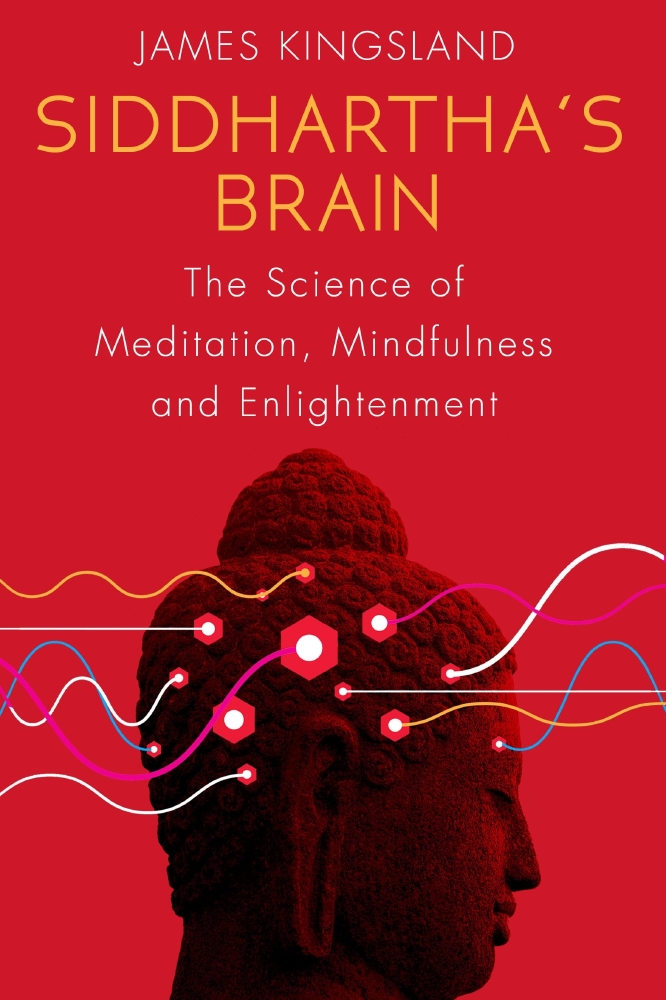An exclusive extract from Siddhartha's Brain: The Science of Meditation, Mindfulness and Enlightenment by James Kingsland

Siddhartha's Brain
Guided Meditation: Three-Step Reboot
This is also known as the Three-Minute Breathing Space, developed as part of mindfulness-based cognitive therapy (MBCT).47 It's a handy way to dissipate stress and refocus your mind that you can take with you wherever you go. The meditation is short enough to fit into the average coffee or comfort break, making it ideal for easing the irritation, hostility, anxiety and strain that can build up if you're having a challenging day.
When I first learned about this mini-meditation, I was reminded of the way an old office computer needs to be rebooted whenever its processor gets clogged by all the apps it is trying to run simul¬taneously. When you call IT, in all probability the first thing they say will be, 'Have you tried turning it off and turning it back on again?' In spite of all the jokes, this is excellent advice, both for an old desktop computer and the human mind. Like a reboot, this meditation can clear away the clutter on your desktop, allowing you to see more clearly what's what. It will help you regain a little perspective and allow your brain to operate more comfortably, effi¬ciently and harmoniously.
The overall shape of the mini-meditation has been compared to an hourglass: its focus is initially broad, then single-pointed, then broad again. Each of the three steps can last around a minute, but allow yourself less or more time as necessary.
Step One - Becoming Aware
Whether you're sitting or standing, adopt a relaxed, upright, atten¬tive posture. If possible, close your eyes. Check in to your mind and body, acknowledging whatever thoughts, feelings and bodily sen¬sations are present at this moment without attempting to change them in any way. Remind yourself that all these constituents of your present-moment experience are transient mental events.
Step Two - Gathering and Focusing Attention
Narrow your attention to focus on the sensation of the breath enter¬ing and leaving your body through your nostrils. Use the breath to anchor yourself securely in the present moment. Spend some time appreciating the sensation of your diaphragm and abdomen slowly rising and falling in synchrony. As you follow your breath entering and leaving the body, notice the tension in your muscles ease and the bones settle in their joints. Allow yourself to relish these sensa¬tions of relaxation. When the mind wanders, which it probably will, usher it politely back to the breath.
Step Three - Expanding Attention
Take your attention on a tour of the body as a whole: face, shoul¬ders, chest, abdomen, legs, feet, hands, arms, shoulders. If there are any troublesome sensations of discomfort in a particular location, temporarily make these your focus. Remember that you are not trying to suppress unpleasant sensations but rather get to know and befriend them. What do they actually feel like, experienced simply as they are, without your making any attempt to explain or suppress them? Imagine you are breathing into the sensation and out again with each inhalation and exhalation. When you've made your peace with the sensation, widen your attention to the whole body and note how it feels in the here and now. This is where you want to be.
Siddhartha's Brain: The Science of Meditation, Mindfulness and Enlightenment by James Kingsland is out now, £13.99

